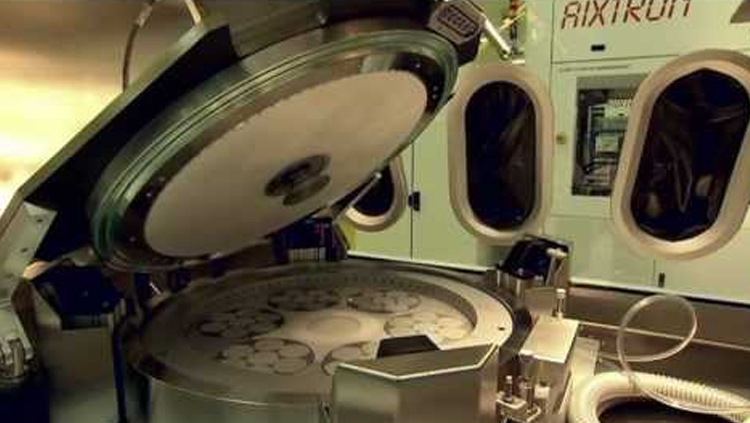News Article
SiC & GaN to boost power electronics market to $15 billion
The quest for increased energy efficiency has re-energised power electronics with new materials, like silicon carbide and gallium nitride gaining market share. SiC will gain a 14% share and GaN, an 8% share
Thanks to a resurgence in innovation, power electronics revenues are poised to grow to $15 billion for discrete components in four key industry segments in 2020.
It’s also moving beyond its historic dependence on silicon, with significant developments in SiC and GaN technology.
According to Lux Research’s new report, “Beyond Silicon: Plotting GaN and SiC’s Path within the $15 Billion Power Electronics Market,” these materials are taking a 22% market share for $3.3 billion in power electronics sales.
“There’s clearly a growing opportunity in power electronics, but the challenge for both current market players and would-be entrants is finding the places where these emerging technologies meet customer needs at the right price points,” notes Pallavi Madakasira, Lux Research Analyst and lead author of the report.
“While consumer electronics is a ‘here and now’ opportunity, fast-growing industries such as renewable energy and industrial power applications are likely to challenge power electronics manufacturers to innovate on form factor and improve efficiency at the lowest cost,” she adds.
To forecast adoption of emerging power electronics technologies, Lux Research analysts calculated the payback period for SiC and GaN devices and calculated market shares based on the required payback period for each application, as well as delaying or accelerating factors that reflect industry conservatism, design cycles, timing for capacity build-outs, and other industry drivers. Their findings, described in more detail in the report, are described below.
SiC and GaN are vieing for a slice of the silicon pie. With silicon-based power electronic devices reaching theoretical limits, other semiconductors, notably SiC and GaN, are making inroads into the power electronics industry. These materials promise better performance and energy savings, and in SiC will gain a 14% market share and in GaN, an 8% share. SiC, with its better maturity and reliability, has a head start, but GaN catches up thanks to innovators such as Efficient Power Conversion and Transphorm and incumbents like International Rectifier.
SiC grows in renewables, GaN gains in electronics. SiC gains the most in renewables, capturing a 32% market share in solar, and is poised to capitalise on the grid storage boom. Its adoption in transportation is less aggressive, leading SiC and GaN to a relatively even share, at 16% and 15%, respectively, in 2020. GaN eclipses SiC in IT & electronics, carving out 14% share in 2020; and flourishes in smaller-scale applications within buildings in a broad $2.4 billion market.
VCs make big bets and corporations jockey for position. Over the past five years, investors have funnelled over $200 million into developers of advanced materials and devices for power electronics. On the venture side, Transphorm, EpiGaN, GaN Systems and Azzurro have closed notable rounds, while corporate investments and acquisitions such as TranSiC (Fairchild), SiCed (Infineon), SiCrystal (Rohm) and Crysband (SKC) have continued apace. This year promises to be a record-setting one for transactions with particular attention on substrate and GaN technology developers.
Lux Research will also explore these findings in a complimentary webinar scheduled for April 10 at 11:00 EDT. Click here to register.

































